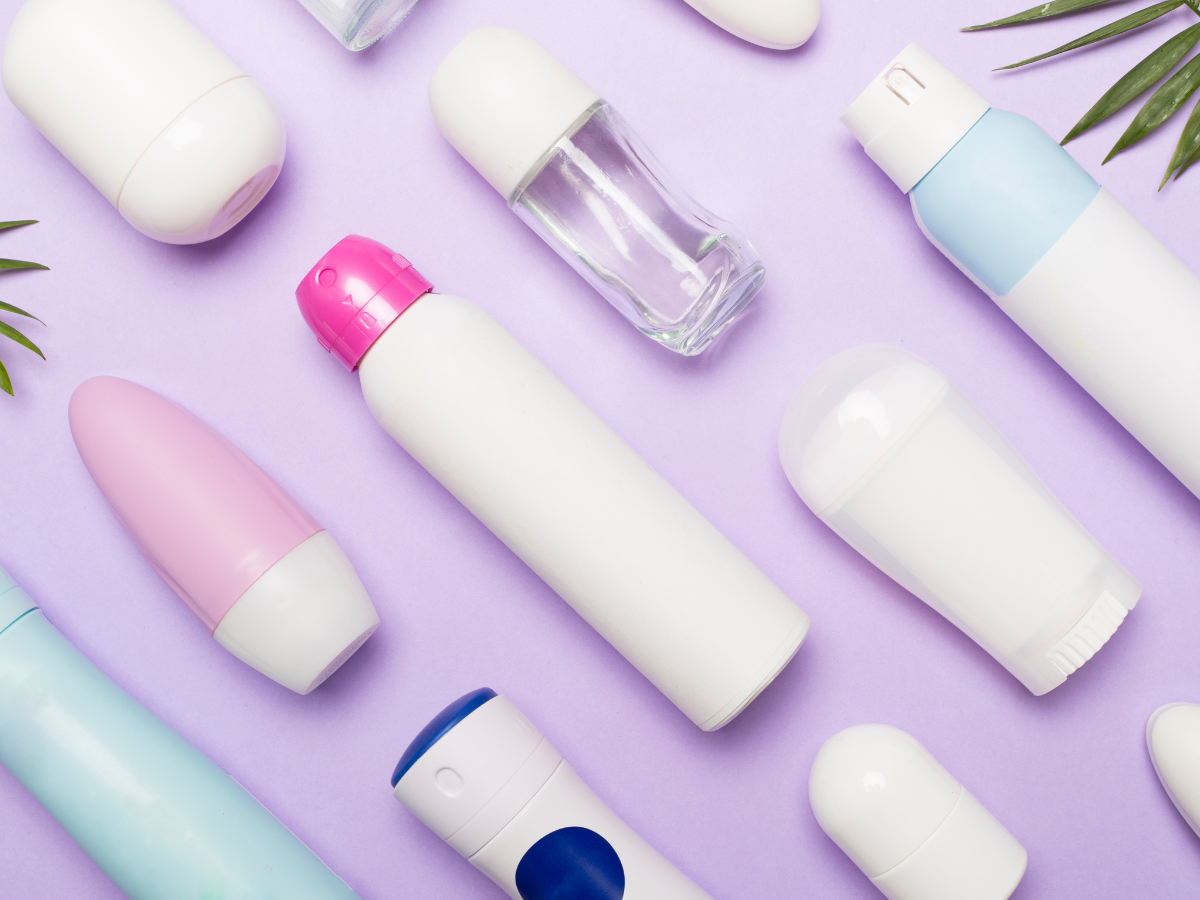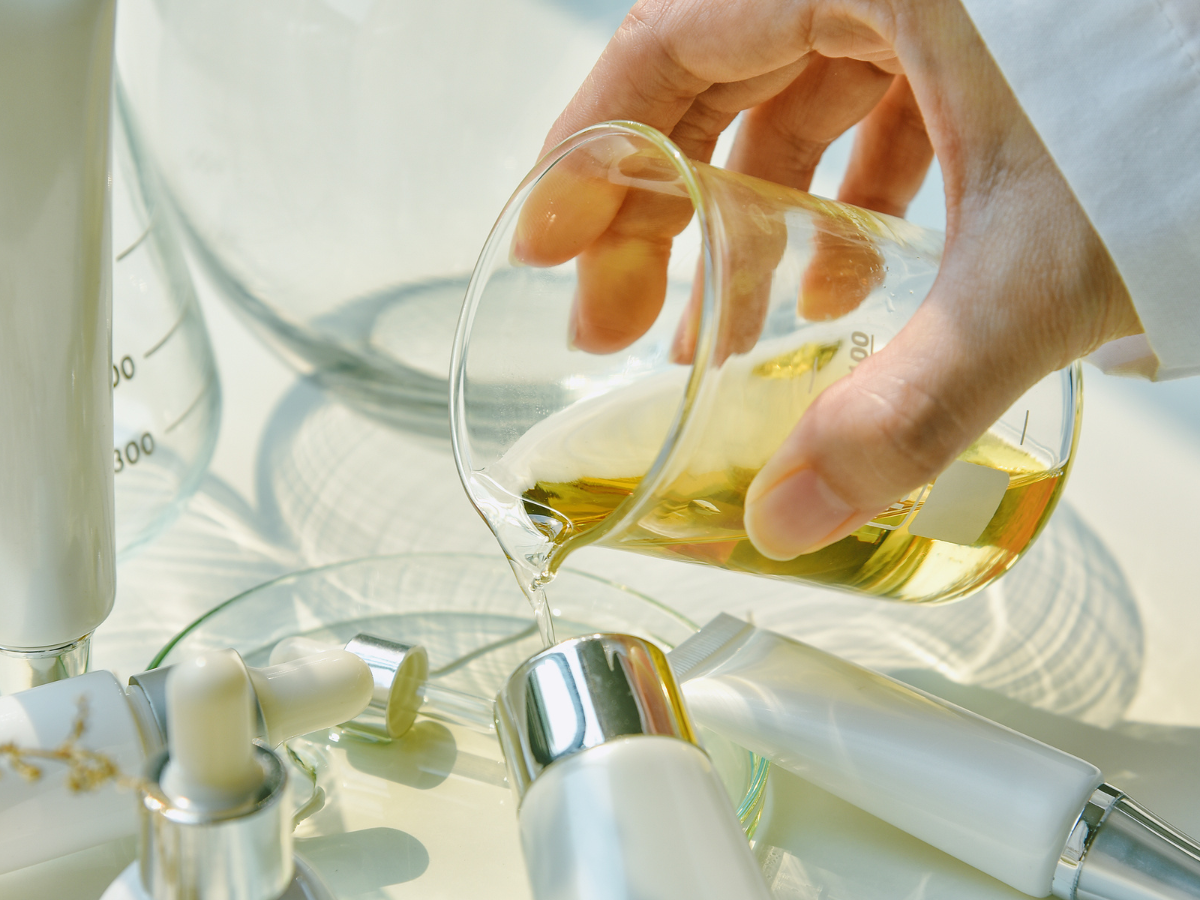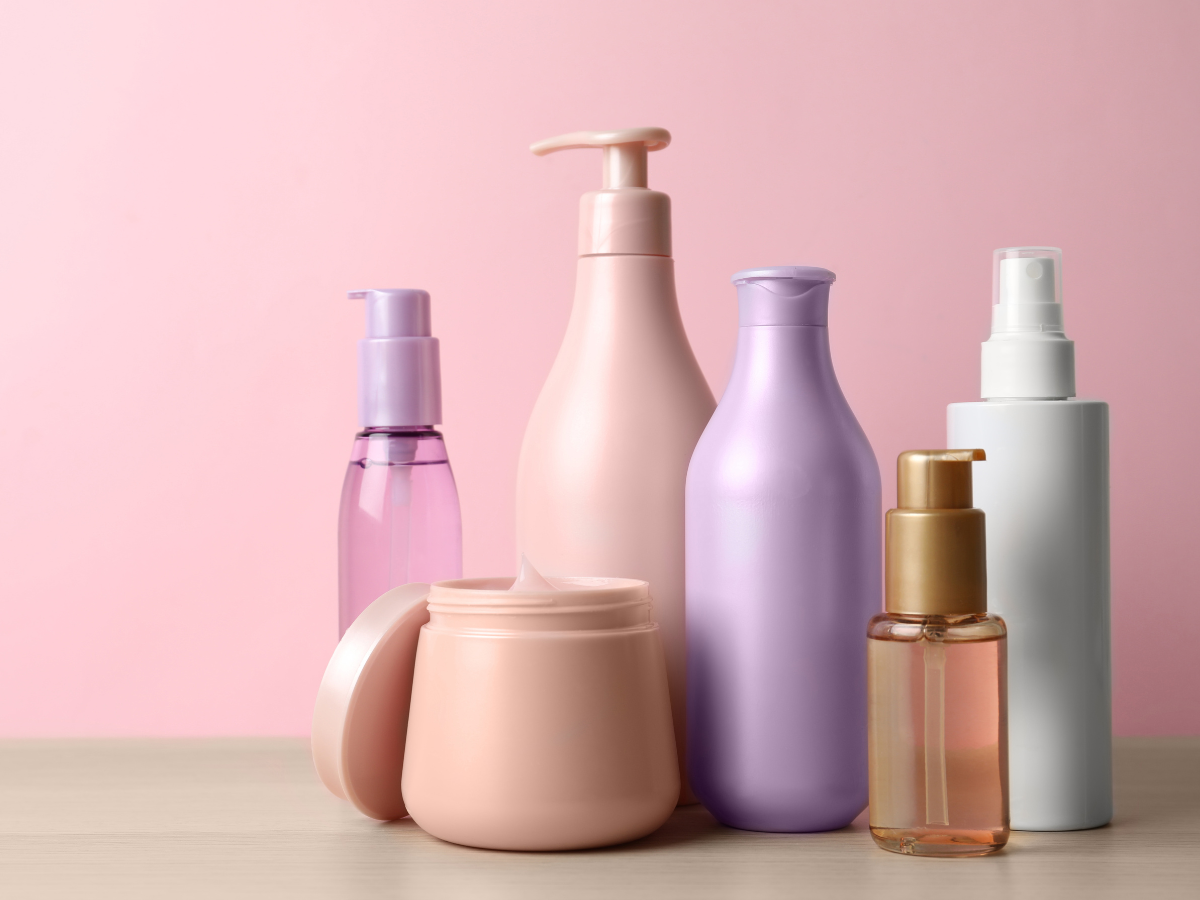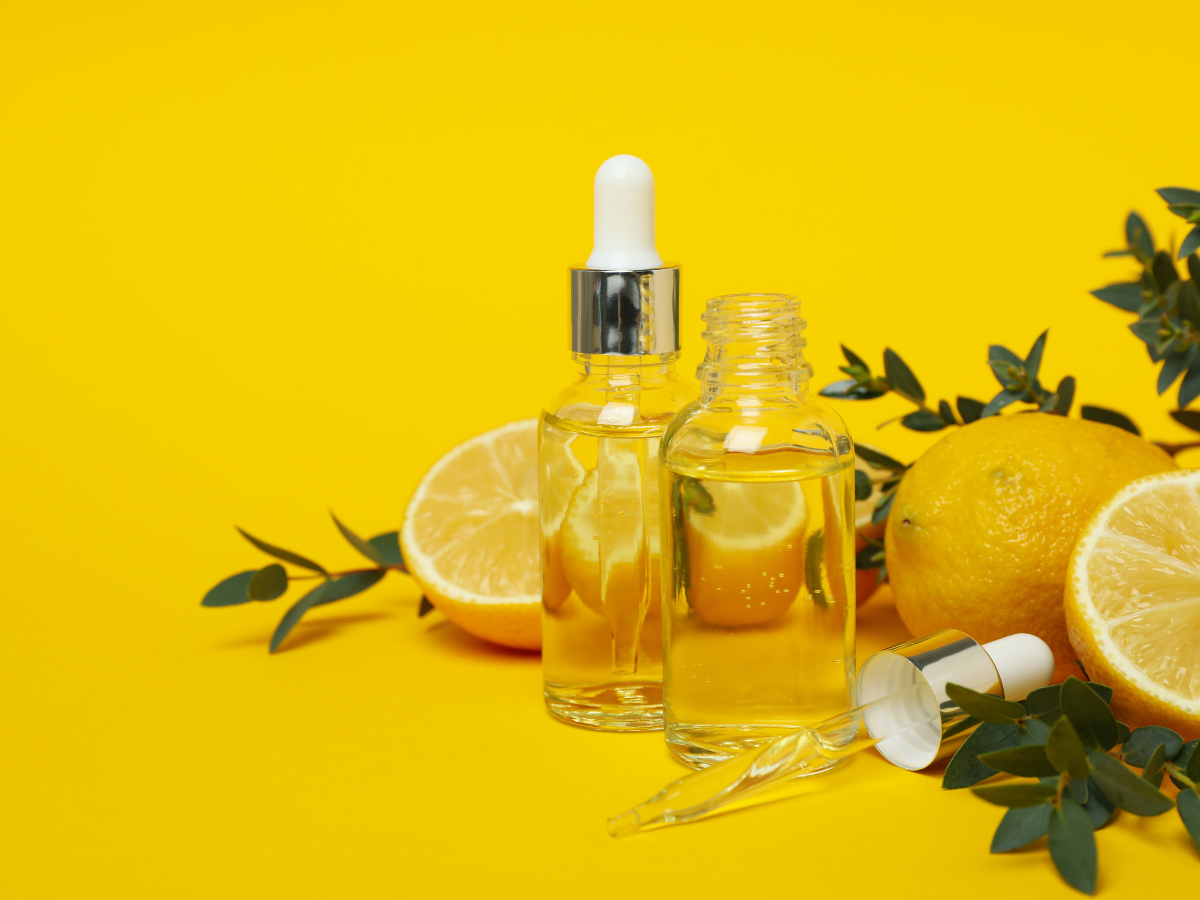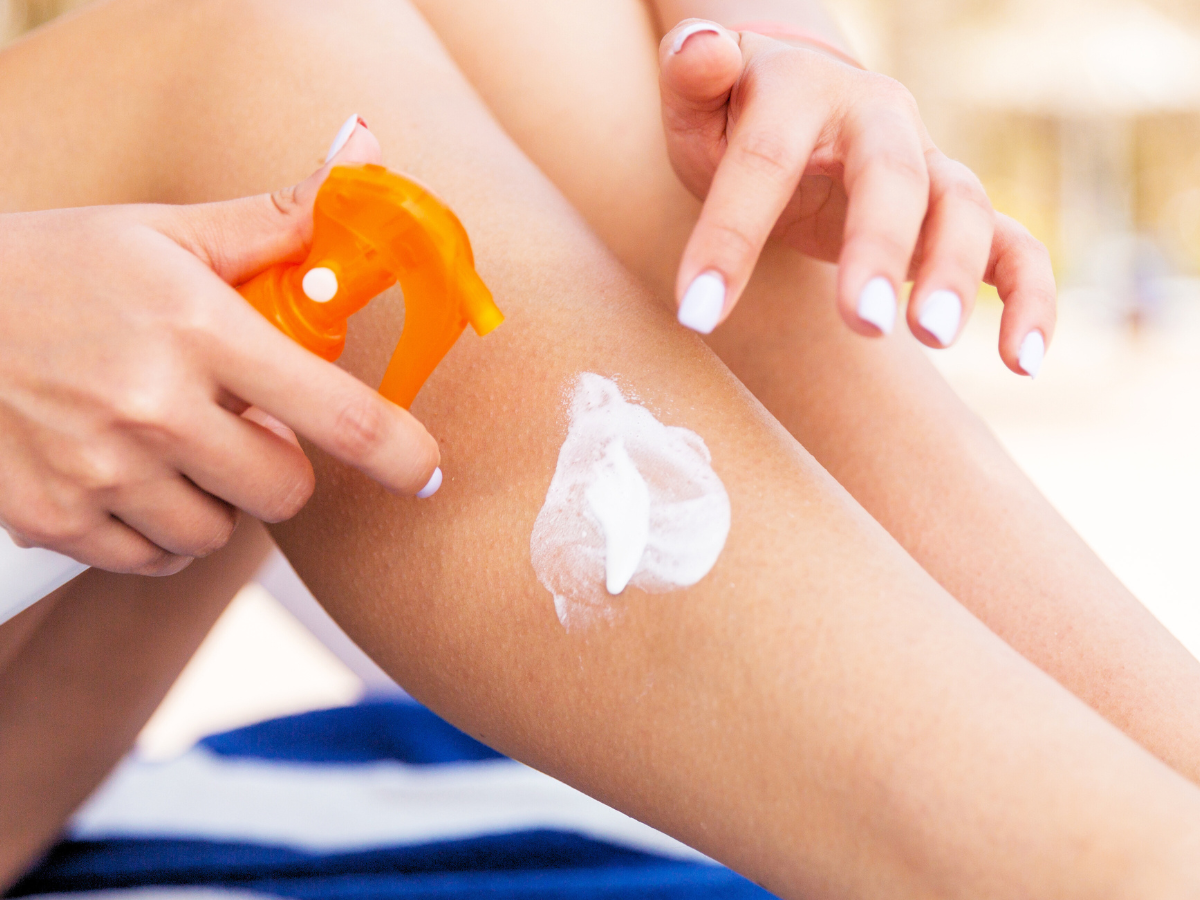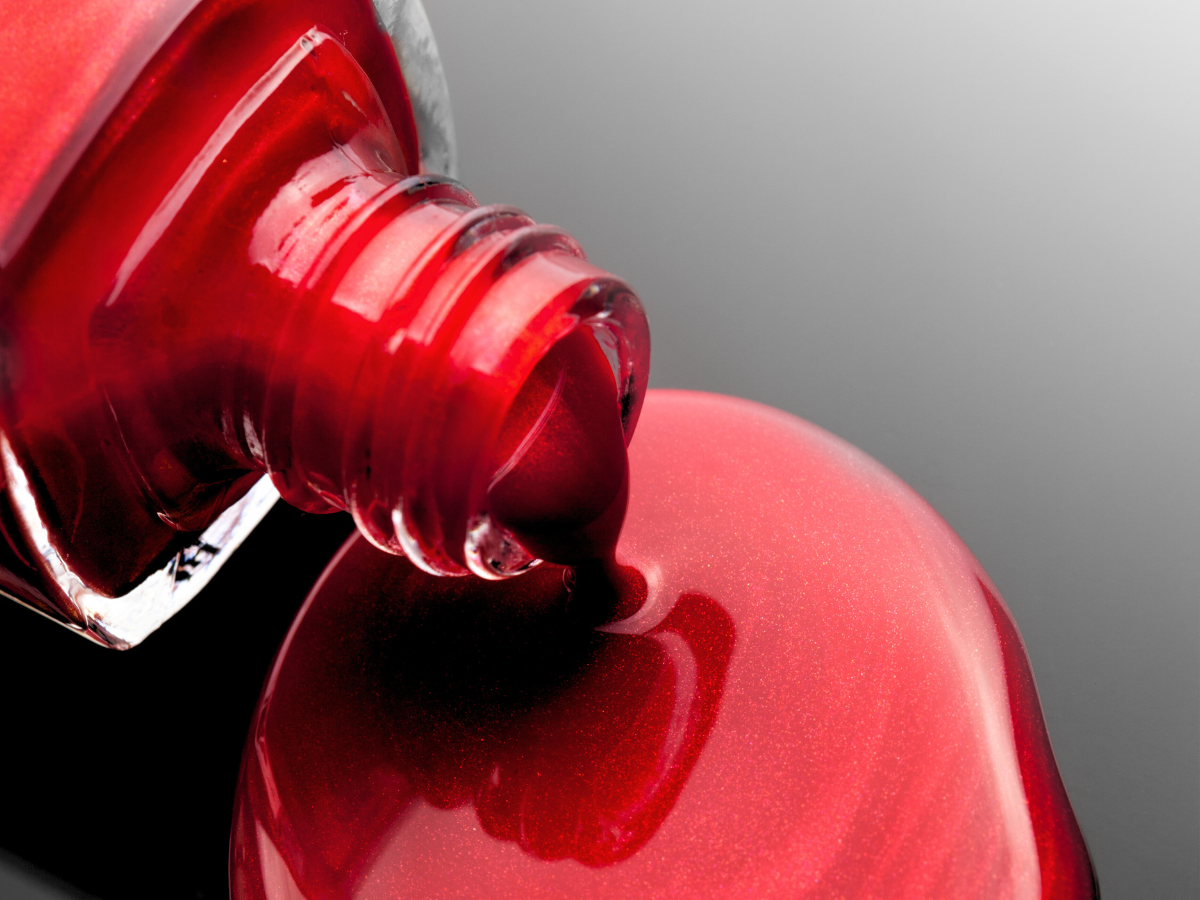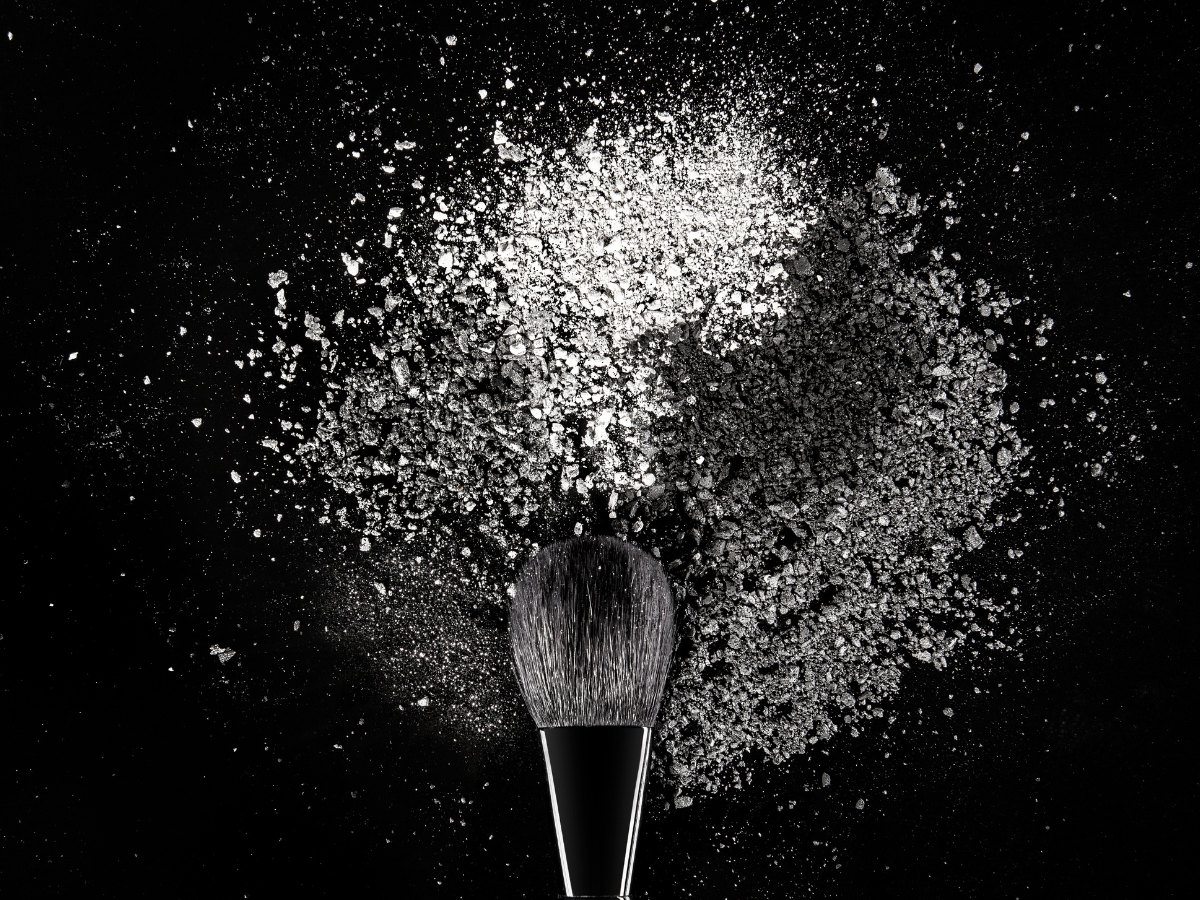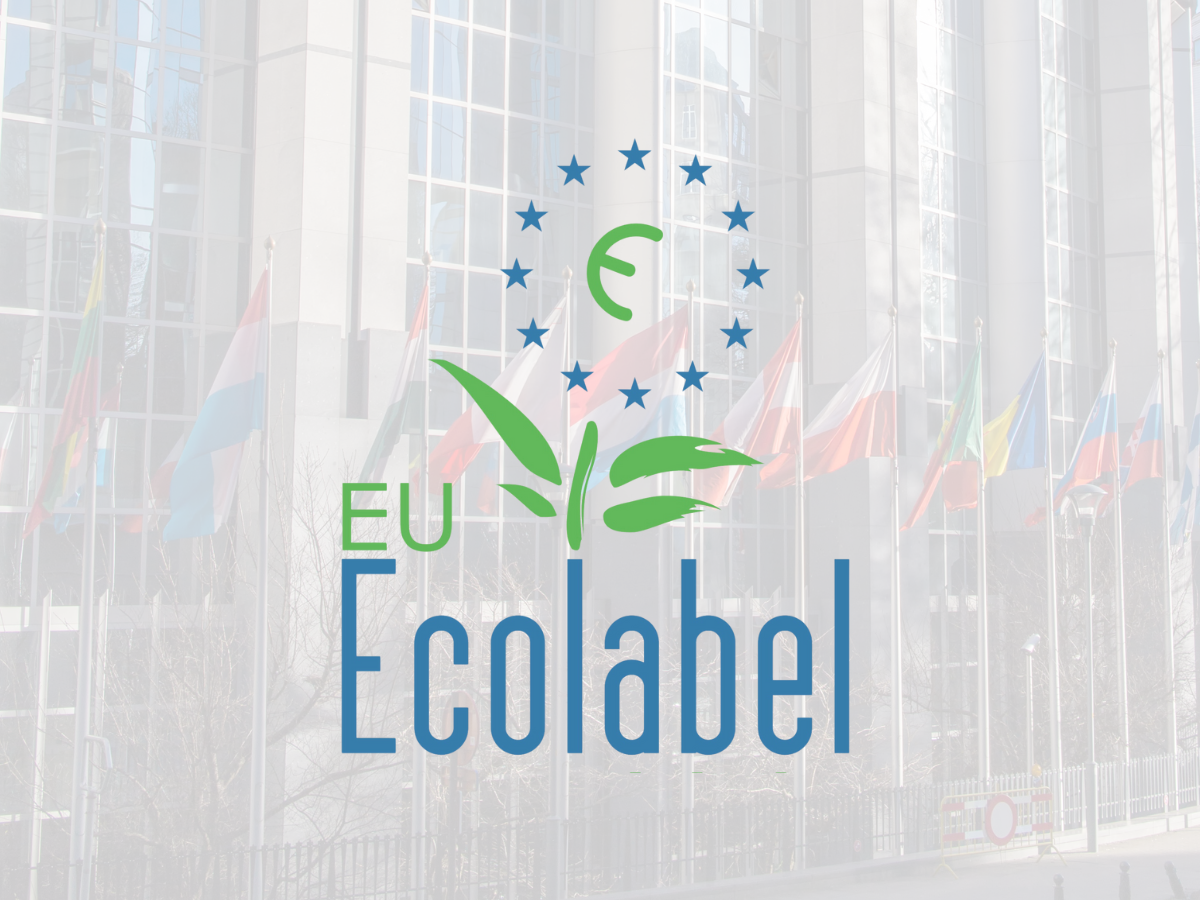Aluminium in cosmetics
Aluminium is a cosmetic ingredient commonly found in everyday products like deodorants, antiperspirants, lipsticks, and toothpastes, and is regulated under the Cosmetics Regulation (EC) No 1223/2009.
Safety of Aluminium in cosmetic formulations
Initial evaluations by the SCCS were deemed inconclusive in 2014 due to insufficient data on dermal penetration for accurate risk assessment. In 2020, updated information led the SCCS to adopt its final Opinion (SCCS/1613/19) and published an addendum in March 2021. The addendum affirmed the safety of Aluminium compounds at specific concentrations:
- 6.25% in non-spray deodorants and non-spray antiperspirants
- 10.60% in spray deodorants and spray antiperspirants
- 2.65% in toothpaste
- 14% in lipstick
Exposure to Aluminium from multiple sources
In June 2020, after discussions in the Cosmetics Working Group and comments on Aluminium compounds in various products, the Commission asked for more information on possible exposure from different sources such as cosmetics, personal care products, medicines, and diet.
The industry, in March 2021, responded with evidence about this combined exposure, which led to updates in Aluminium use concentrations.
Monitoring Aluminium levels
This Opinion excluded sunscreen aerosol sprays and does not cover nano forms of Aluminium, which will have a separate safety assessment.
The SCCS also noted that although Aluminium is not classified as a CMR 1A or B substance, combined exposure from cosmetics and food might exceed safe limits for consumers in the highest exposure ranges. This Opinion focuses on consumer risk from Aluminium in cosmetics and aligns with the preliminary opinion published on December 14, 2023.
Do you use aluminium in your cosmetic products?
Don’t leave compliance to chance; contact us today to learn how we can assist in streamlining your regulatory affairs and safeguarding your business’s future.

